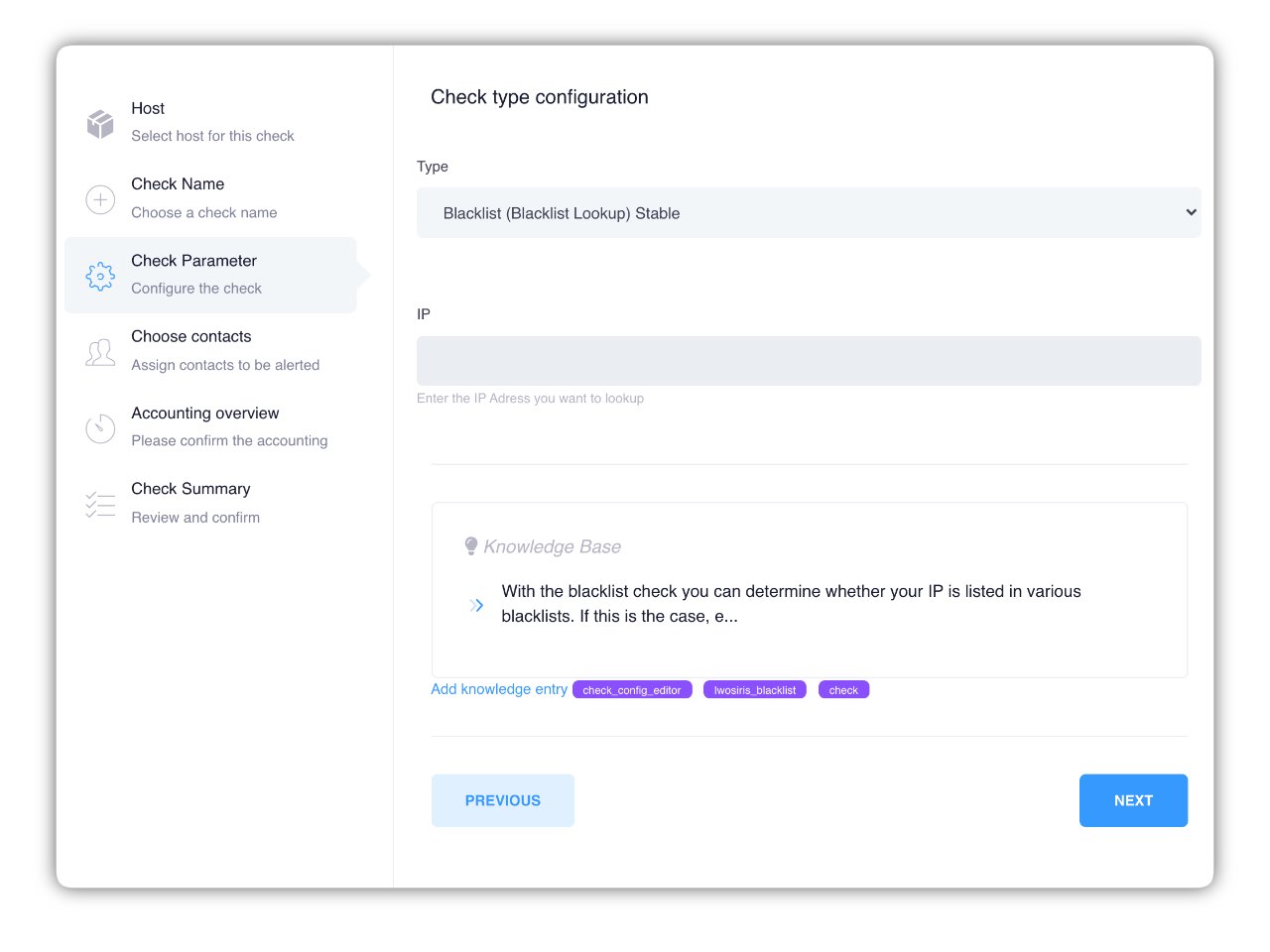
The IP blacklist check is now available to you. With this type of check you can check the existence of a certain IP on various blacklists.
Blacklist are central lists on which conspicuous IP addresses are listed. As soon as your IP appears on these lists, you have to expect restrictions.
Mail servers, for example, can be configured to dynamically query this IP blacklist. As soon as your mail server tries to deliver an email, it contacts the recipient host. It can then compare your IP with these blacklists in advance and reject the delivery of the email in the event of a positive result.
It is therefore not possible that your mail server can successfully deliver the email and that the recipient does not receive the desired email.
Make sure you are not blacklisted. Livewatch regularly checks whether this is the case and alerts you as soon as a hit is found.
Here we answer questions about server monitoring from Livewatch. If you have a question that we have not yet answered here, please contact us.
A "blacklist check" typically refers to checking whether a specific entity (e.g. an IP address, an email address or a domain) is listed on a "blacklist". A blacklist is a list of items that are considered potentially harmful or undesirable. These lists are often used by security and spam filters to block or restrict access to or communication with sources considered problematic.
Here are some examples of blacklist checks:
IP Blacklist Check: Checking whether a specific IP address is on a list of known malicious IP addresses. This can help block access to a network from suspicious or malicious sources.
Email Blacklist Check: Check whether the sender or recipient email address is included in a list of known spam or phishing addresses. This is often used by email providers and companies to filter unwanted emails.
Domain Blacklist Check: Checking whether a specific domain is included in a list of domains known to be malicious or fraudulent. This is used to restrict access to websites or the sharing of information with certain domains.
The purpose of such checks is to improve security, reduce spam and protect against malicious activity. Organizations and service providers use these checks to detect and prevent potentially harmful activities at an early stage. However, it is important to note that using blacklist checks alone is not always enough as they can also result in false positives (legitimate resources that are incorrectly classified as malicious). Therefore, in practice, several security mechanisms are often combined to ensure a comprehensive security solution.
With the blacklist check you can determine whether your IP is listed in various blacklists.
If this is the case, e.g. mail servers may not be able to deliver emails successfully. In this case, the recipient's mail server will check your IP against these blacklists and reject the delivery of the email.
So that you can be sure that your IP is not on these blacklists for whatever reason, set up the check by entering the desired IP in the setup. We then query the corresponding lists at the selected interval and alert you as soon as we have found an entry for your IP.
If you receive an alert about this, you must ensure that the entry is removed from these blacklists. To do this, you may have to make changes to your configuration.